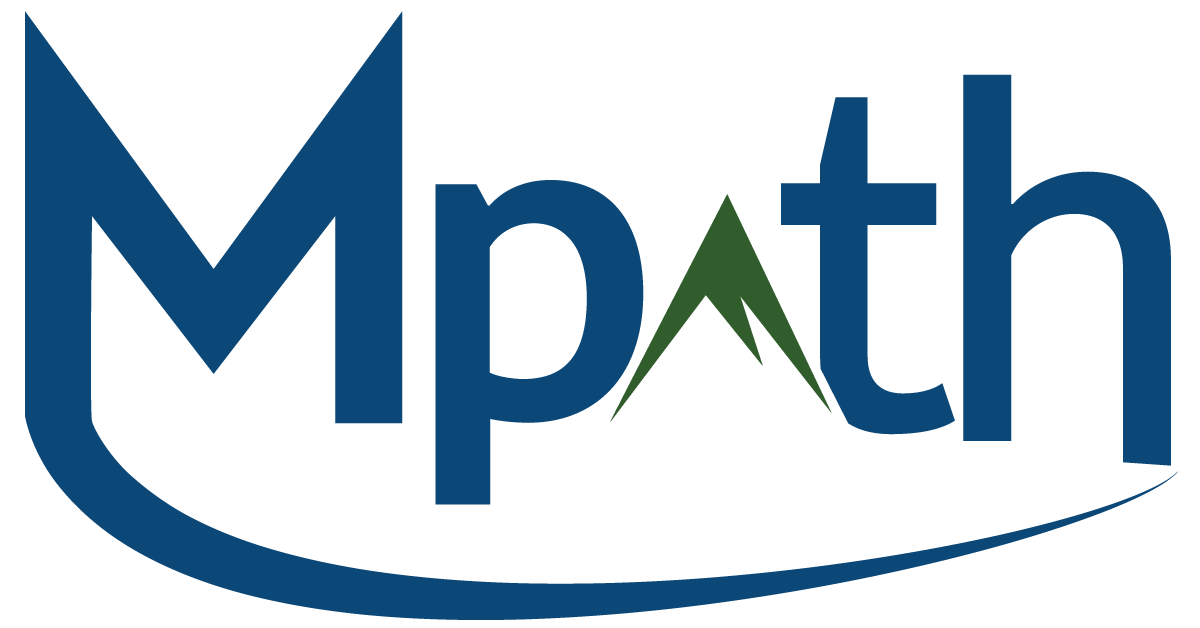Healing Traditions and History on Indigenous Peoples' Day
Today is Indigenous People’s Day and I have been reflecting on the history of this day, the land I call home, and how healing traditions are shared and changed over time. My home, and the reflexology office where Mpath Well-being is located is in the homeland of the Abenaki people (now commonly known by the colonial name of Richmond, Vermont, USA). It has been the homeland of the Abenaki people for thousands of years, and continues to be so today. However, it was only recently, in 2011, that the State of Vermont officially recognized the Elnu Abenaki Tribe and the Nulhegan Band of the Coosuk Abenaki Nation, and 2012 when the Abenaki Nation of Missisquoi and Ko’asek (Co’wasuck) Traditional Band of the Sovereign Abenaki Nation were also recognized. (Click the links for more information about each of these groups, and keep in mind that there are also Abenaki and other indigenous people living here in their homelands who choose not to affiliate with a particular state or federally recognized tribe.)
As with much of North America, the cultural and geographic landscape of Abenaki land/Vermont has been shaped by colonization. Place names are known by a mix of Abenaki and settler names, we harvest from gardens planted with seeds who have adapted to this place for many centuries and others who are relative newcomers, and in some places the waterways themselves have been physically altered to accommodate transportation and energy infrastructure. I count myself lucky to call this place home, and also know that so much of what I learned growing up about this place and its people glossed over what was difficult to discuss: the communities we have today were established through the displacement of and violence against people who have been living here for countless generations. With the amount of information now available to us, claiming ignorance of past and present harm to our friends and neighbors is no longer an option. Acknowledging this is not a political statement: it is, quite simply, based on the research that is currently available to us regarding the impacts of systemic racism on indigenous people, black people, and people of color from all backgrounds.
What exactly does this history have to do with reflexology and healing traditions? When describing the history of reflexology in her book, Therapeutic Reflexology, Paula S. Stone writes, “People of the ancient world exchanged knowledge and cultural achievements to a far greater extent than is commonly accepted. Medicine and healing arts develop, evolve, and spread through the dynamic interchange amongst peoples” (Stone, 2011). She goes on to describe healing traditions in Egypt, several locations in Asia, Europe, and the United States that all focused on emphasizing the feet as channels to promote overall wellness, but none of these were reflexology as it is practiced today, with a unique map system and touch technique.
Modern reflexology actually has roots here in Abenaki Territory/Vermont. Dr. William FitzGerald (1875-1942) who is sometimes called the “Father of Modern Reflexology” earned a medical degree from the University of Vermont in 1895. He later went on to practice at several hospitals in the United States and Europe and during that time developed Zone Therapy (a precursor to reflexology), based on pressure being applied to specific areas of the body to reduce tension or pain in other parts of the body (Stone, 2011). This was particularly significant given the limited tools available for anesthesia and pain management.
Can Dr. FitzGerald be given full credit for this work? I have often wondered if he was exploring translations of medical texts from India, China, or Japan and simplified some of their processes. Or, did he just happen to discover what so many cultures around the world have known for millennia regarding the power of the feet and hands to impact health? Some sources even speculate that FitzGerald may have developed some of his zone therapy techniques based on medicine practiced by indigenous peoples in North America, but there are no reliable citations for these assertions (Issel, 1996). Sharing healing traditions across cultures is as old as humanity itself, but where do we draw the lines between sharing and adapting customs and appropriation if the full history is unknown? Unfortunately, we do not know with certainty reflexology’s full lineage and to which cultures and individuals credit should be given. At this point, the best I can do is share reflexology broadly, acknowledge what is and is not known about this tradition’s history, and celebrate the many forms of reflexology that are practiced around the world today, making it a truly global healing art with great potential to bring people together through wellness.
The other aspect of reflexology that makes it valuable as a healing tradition for these challenging times is that it can be used for self-care. At the core, true self-care is a form of decolonization. It encourages bodily autonomy, and is something that should be accessible to all, regardless of circumstances. While “wellness” is a multi-billion dollar industry in the U.S., reflexology simply requires your own body.
As we observe Indigenous Peoples’ Day, let’s find a way to celebrate people in a way that gives credit where it is due, encourages people to look at their own roots for healing, and makes wellness something that is truly accessible.
Works Cited:
Issel, Christine. Reflexology: Art, Science & History, Fourth Edition. New Frontier Publishing, 1996.
Stone, Paula S. Therapeutic Reflexology: A Step-by-Step Guide to Professional Competence. Pearson, 2011.
